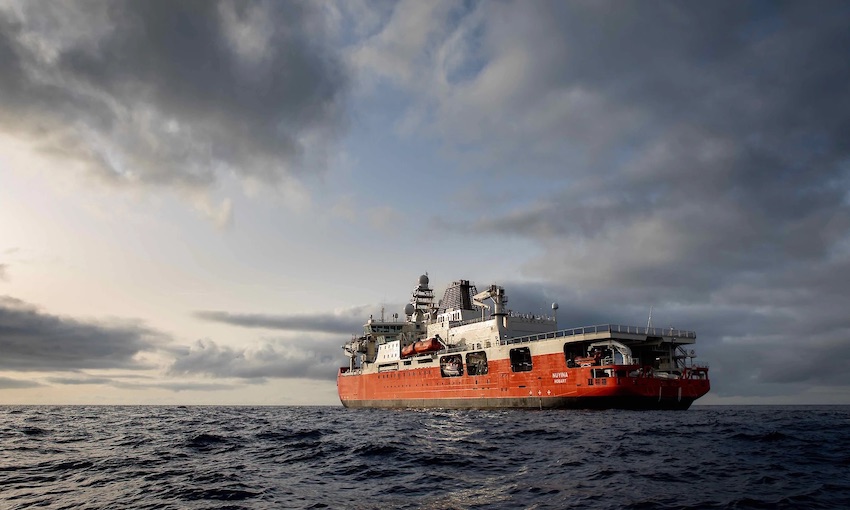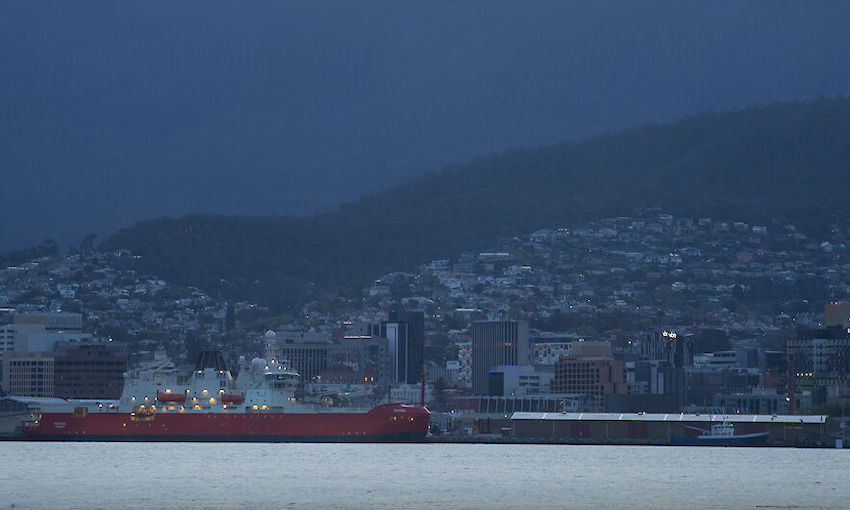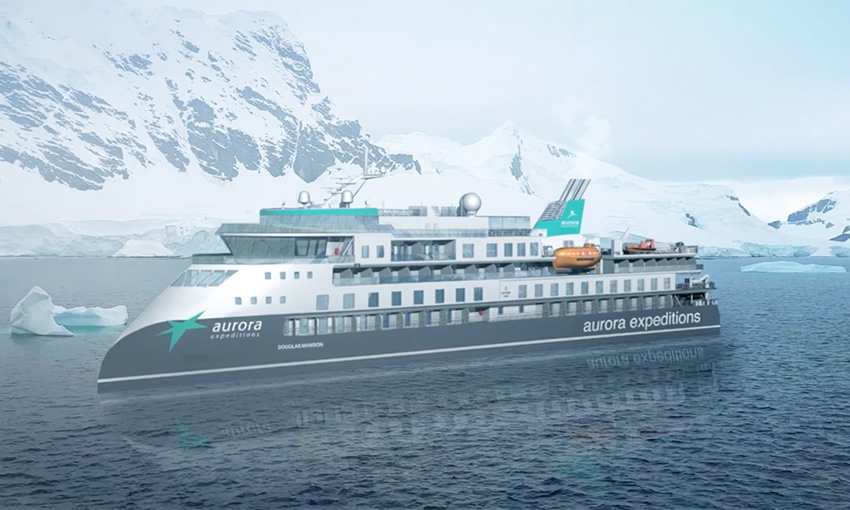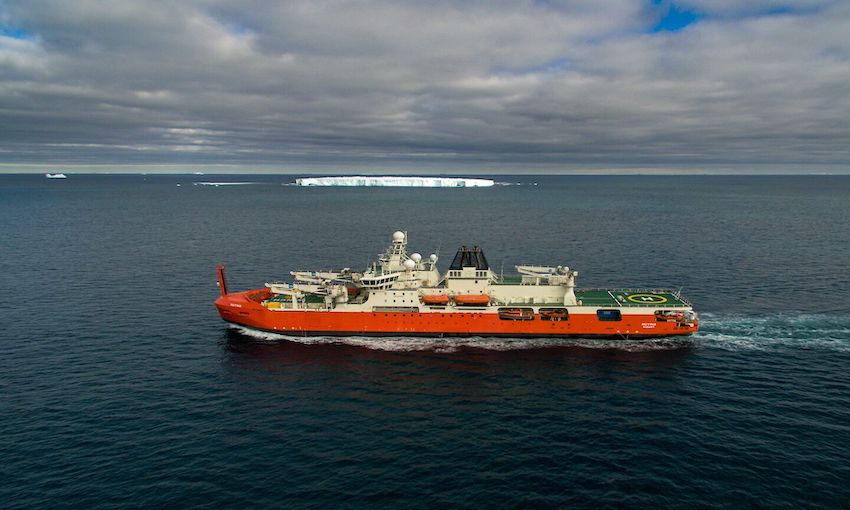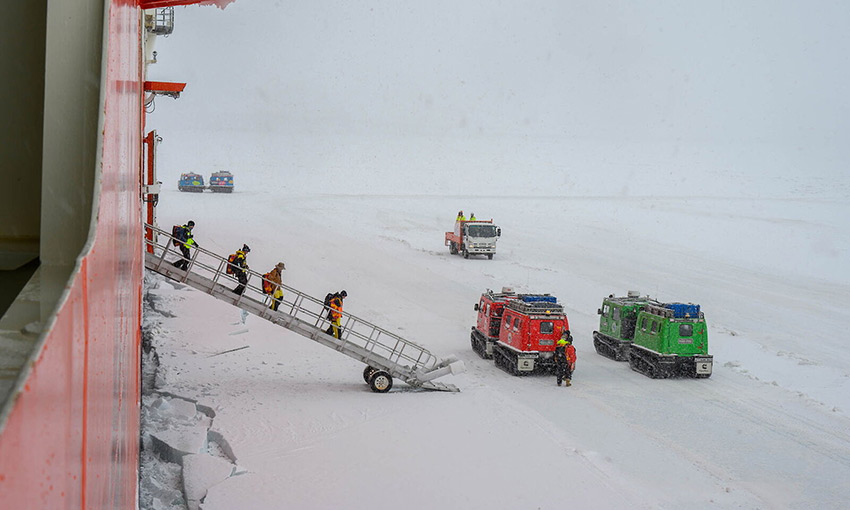FEWER than two weeks into its first Antarctic voyage, Australia’s new icebreaker RSV Nuyina is delivering scientific findings and deepening the nation’s understanding of the region.
With 67 expeditioners and crewmembers onboard for the five-week voyage, the mission is one of the biggest annual station resupplies ever undertaken by the Australian Antarctic Program.
Operated by Serco, the research and supply vessel departed Hobart on 23 December following a short delay while an issue with the ship’s alarm and monitoring system software was resolved.
Supported by a US icebreaking tug and a Dutch-flagged heavy cargo vessel, Nuyina will refuel Casey research station and deliver helicopters to Davis research station.
The expeditioners are also undertaking marine science commissioning, which includes testing the acoustic instruments mounted on the hull and drop keels.
They will also deploy the conductivity, temperature, depth sampler, which measures different water properties at various depths of the Southern Ocean.
Mapping the ocean floor
In the past week, on its passage to Davis station, Nuyina mapped the summit of an underwater mountain higher than Mount Kosciuszko.
The seamount was mapped using the ship’s multibeam echosounder, which builds a picture of the seafloor by emitting pings of sound below the ship.
“The highest point we reached was about 500 metres below the ocean surface, so it’s a significant feature,” senior acoustics officer Floyd Howard said.
The information collected during the seamount pass and future mapping will contribute to global efforts to map the world’s oceans by 2030.
Collecting marine specimens
Nuyina’s most recent success is its first krill catch, using the ship’s unique wet well system.
The system is designed to collect krill and fragile marine organisms from water piped directly into the ship from inlets in the hull.
The collected specimens will help deepen scientists’ understanding of Antarctic krill and their role in the ecosystem.
Rob King, who conceptualised the wet well system, said this understanding will strengthen conservation efforts and help ensure Southern Ocean krill fisheries are sustainably managed.
“The work we do on this voyage will help us determine the best conditions under which to catch krill and other species in the wet well, such as the speed of the ship, the flow rate of water and the mesh size of the filter table,” he said.
“As well as testing the wet well, this voyage is an opportunity to test our aquarium system to ensure it’s safe for the animals we’re really keen to catch once we pass 60° South – Antarctic krill.”

